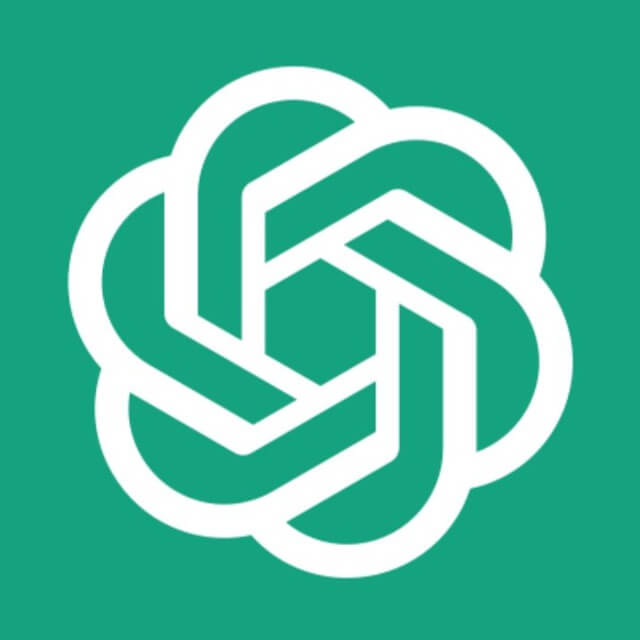Price Data
Analysis
Trade
Market Cap
All-Time High
All-Time Low
Fully Diluted Valuation
Circulating Supply
Total Supply
Categories
Performance since ICO
| Currency | USD | BTC | ETH |
|---|---|---|---|
| ROI | 124% | -94% | -85% |
What is Tezos?
Although its implementation was intricate, the core concept of Tezos was simple: It enabled XTZ cryptocurrency holders to participate in voting for potential rule changes. Once a decision was reached, the software would automatically update to ensure the approved changes were implemented. This approach aimed to minimize the likelihood of blockchain forks in Tezos, which would result in the creation of separate cryptocurrencies with distinct values.
However, the notion that a cryptocurrency could autonomously upgrade itself within its own software sparked a broader discussion known as "blockchain governance." Tezos' introduction had a significant impact on the classification of blockchain systems, effectively dividing crypto assets into two categories: those with "off-chain governance" and those with "on-chain governance."
To facilitate its system, Tezos users engaged in a process called "baking" to exercise their voting rights. This involved locking the XTZ they owned in specialized contracts. Users could choose to become bakers or delegate their XTZ to other bakers in order to earn newly minted XTZ from the protocol.
Recent Video Interview
Main points of the interview:
- Founding Tezos: Brightman co-founded Tezos in 2014.
- AI Concerns: He expresses concerns about AI's potential to surpass human intelligence.
- Interest in AI and Finance: Brightman's early interest in AI and finance led him to New York, driven by a passion for machine learning and statistics.
- Views on AI's Future: He discusses the potential for AI to increase economic inequality but also improve living standards.
What Makes Tezos Unique?
Tezos sets itself apart from cryptocurrencies like Bitcoin and Ethereum by implementing formal governance protocols, which these other platforms lack. Notably, Tezos emphasizes that its blockchain cannot be forked, further distinguishing it from its counterparts. The inclusion of a provision that adjusts active stakes to create new tokens is another unique aspect of Tezos, intended to incentivize active participation.
Furthermore, while staking is a common practice in various blockchains, Tezos introduces a unique approach to this process. Participants can actively engage in the network's governance through a method called "baking," which involves staking approximately 8,000 XTZ tokens. This creates a financial incentive for participants to act honestly and responsibly.
Once individuals become bakers, they are entrusted with the responsibility of voting on proposed changes to the blockchain's code. This voting process follows a four-step procedure that typically spans around 23 days. Proposals that gain widespread support from the majority of participants undergo rigorous testing on a testnet for 48 hours. If these proposals receive backing from a super-majority, they are fully implemented.
Notably, major cryptocurrency exchanges such as Binance and Coinbase have also introduced support for Tezos staking. This allows users to earn rewards based on the amount of XTZ they hold, a feature that is not commonly seen across most digital assets.
How Does Tezos Work?
The Tezos blockchain incorporates various functionalities commonly found in cryptocurrencies. Through its software, developers can utilize custom programming logic, known as smart contracts, to create decentralized applications (DApps) that replicate existing products and services.
However, the implementation of Tezos' voting mechanisms necessitated a unique design approach. Specifically, the Tezos blockchain is divided into two components:
- Shell - This code segment is responsible for interpreting transactions and administrative operations. It also possesses the ability to self-amend based on user voting.
- Protocol - This code segment is accountable for submitting proposals to the shell for review and consideration.
Tezos Team Background
Tezos, initially suggested in 2014, was brought into existence by a couple, Arthur and Kathleen Breitman. In 2014, while employed at Morgan Stanley, Arthur Breitman authored two papers introducing a novel form of blockchain using the pseudonym "L. M Goodman." This alias was a nod to a journalist at Newsweek who had mistakenly identified the creator of Bitcoin.
Arthur Breitman adopted the name "Tezos" after creating a program that generated a list of available domain names with English pronunciations. In 2015, Arthur Breitman established a company called Dynamic Ledger Solutions Inc (DLS) in Delaware, with himself serving as the CEO, with the aim of developing Tezos.
Tezos Project Development
On March 29, 2023, the Tezos blockchain underwent a successful upgrade by activating the Mumbai proposal. Overall, the Mumbai upgrade brought notable improvements to Tezos, including the deployment of Smart Rollups, faster block times, expanded ticket transfer capabilities, enhanced RPC endpoints for ticket balances, and advancements in Michelson operations, along with the introduction of Epoxy for validity rollup testing on the Mondaynet testnet.
Tezos Price Analysis
As of April 25 2025 Tezos has a marketcap of $712,362,441.00. This is {{percentagefromath}} from its all time high of $9.12. In terms of its tokenomics, there's a total supply of 1,056,178,896.024 with 98.08% currently outstanding. Keep in mind Tezos has a fully diluted value of $726,288,213.00 which many investors might interpret as overvalued.
Of course, don’t trust price predictions alone, always check the Coinrotator token screener to follow the trending market.

XTZ Markets
| Exchange | Pair | 24h volume |
|---|---|---|
No data | ||